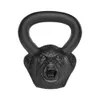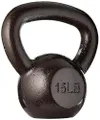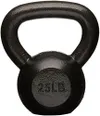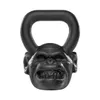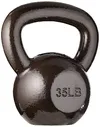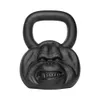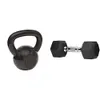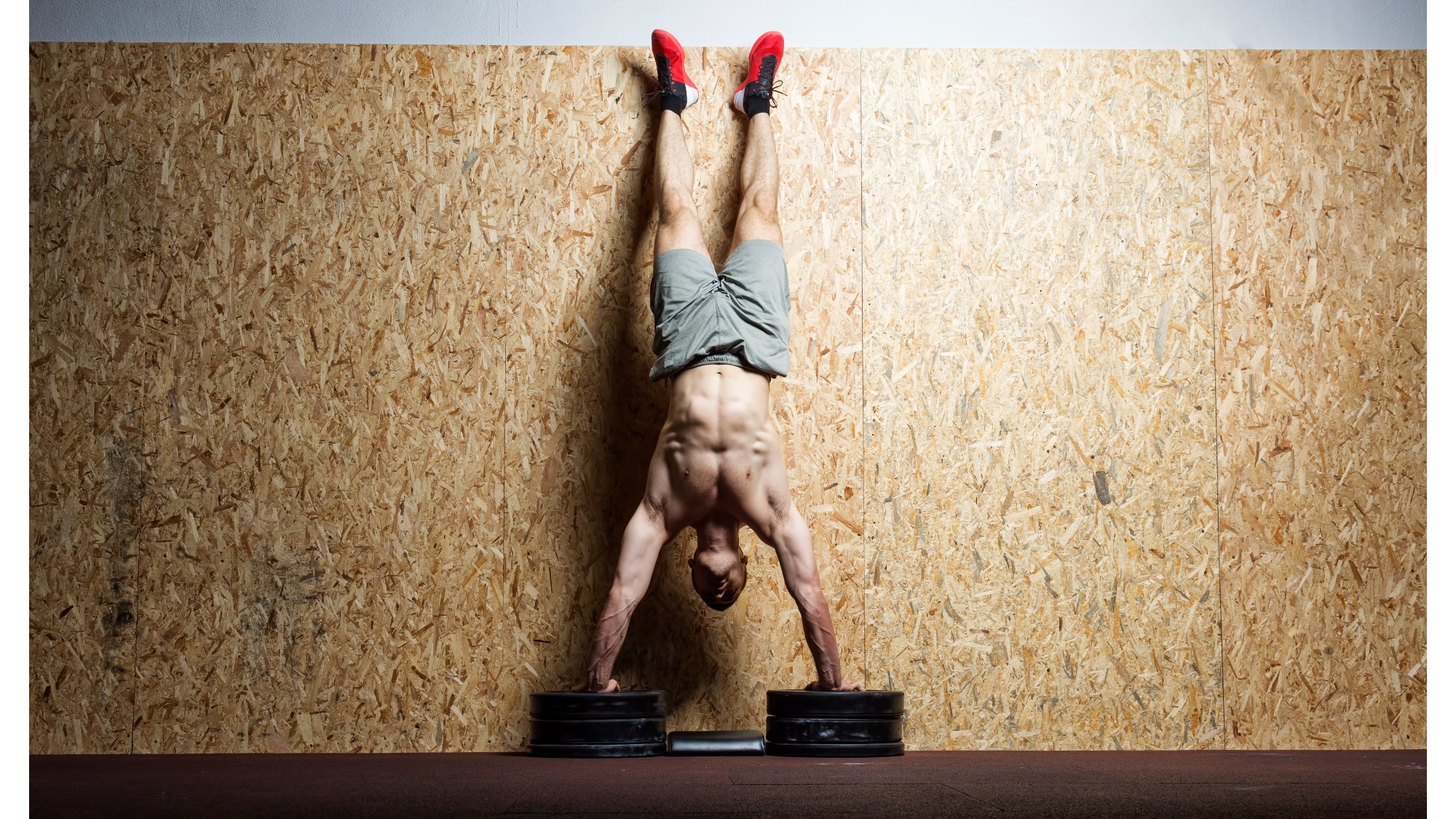
50 reps of the vertical push-up known as a handstand push-up or HSPU is no joke. I’ve been practicing this movement for a while at CrossFit and decided to take my practice back home for one week to level up my technique.
I live in a small city apartment in London, so I have to be fairly well-behaved with how much of the best gym equipment I bring home. With that in mind, this bodyweight exercise only requires your body weight, and depending on your experience, an ab mat.
Here’s what happened when I flipped my push-up upside down and put my head to mat for 50 reps a day, plus the benefits of the gymnastics exercise and why you might want to add it to your routine.
How to do handstand push-ups
How you approach this exercise is entirely up to you, depending on your experience and upper body strength. Here’s how I approached it, and some scaling options below.
- Start in a handstand against a wall — I prefer kicking up into the handstand with my body facing away from the wall
- Engage your core and contract your upper body, ensuring your lower back doesn’t arch and your legs are straight — your body should align with the wall
- Maintain a strong pillar-like position from head to toe with both arms extended
- Bend your elbows, then lower your head to the ground
- Push explosively away from the ground to extend your arms and lift your body into a handstand
There are plenty of ways to scale this exercise, from getting into the handstand position to performing the push-up and building up to it if you’re not quite there yet.
After making sure I was up to speed on the technique, so I could do each attempt with proper form, and armed with my ab mat, I took on handstand push-ups, and here’s what I learned.
It's impressively tough
Unless you’ve got yards of upper body and core strength and pushing power, handstand push-ups aren’t an exercise you simply “do.” In other words, it takes some time to build up. I wouldn’t recommend trying them until you’ve got unbroken push-up reps in the bank.
Vertical presses target more of the deltoids (shoulders) than standard push-ups, as well as the triceps, pecs, lats, traps and core muscles that help drive and stabilize the body.
That said, HSPUs require full-body tension to support and stabilize your bodyweight from upside down, making them a fierce bodyweight training exercise. I can only manage roughly 6 to 8 reps at a time, so I broke up the reps into sets accordingly — and it was pretty intense.
I scaled the exercise, and you can too
I stacked two ab mats together to decrease the distance between my head and the floor, making the exercise more accessible. You can use anything that helps bridge the gap, including yoga blocks or books, gradually taking them away to develop upper body strength.
If you still can’t lower your head all the way, kipping HSPUs are another variation you can try. Starting in the handstand position, follow the steps above, then bend your knees and tuck them toward your chest. From here, kick your legs into the air toward the wall and use the momentum to push yourself into a handstand.
Handstands might be off the table for some people, so if you’re unable to start from the handstand position, the next best step is to learn how to do a pike push-up using the ground or a box, which helps shift the emphasis from your chest (like standard push-ups) to the shoulders.
Start with your feet on the floor, then progress by elevating your feet on a box or bench to send your body into a more vertical position.
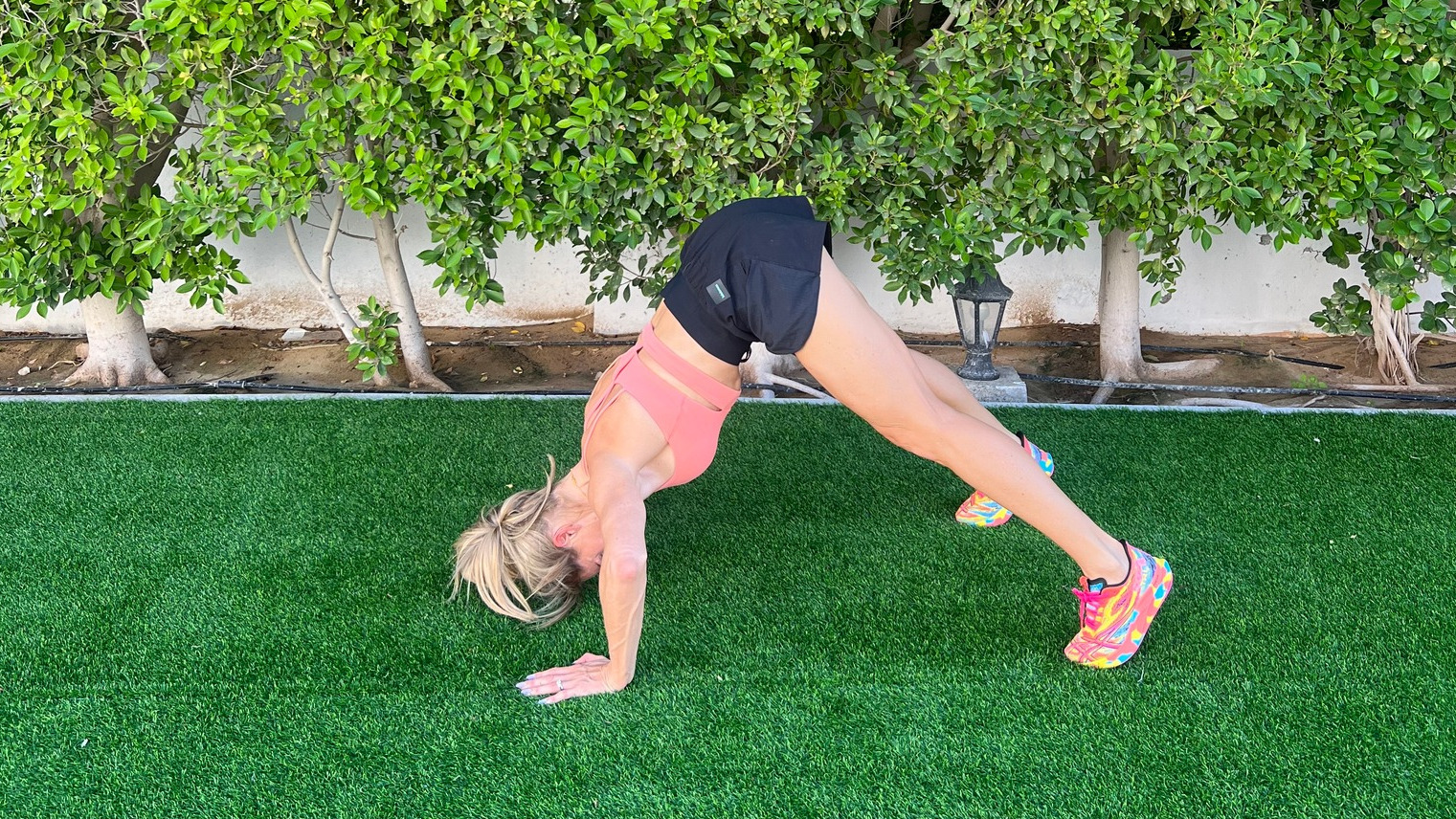
The next step is to try getting upside down comfortably. I used wall walks — a popular CrossFit exercise — for warm-up prep, but it’s also a common technique used for building up to handstands.
Start in a plank position (an easier version) or lay on your stomach (harder) with your feet pressed against the wall behind you. Push up and step your feet onto the wall, then begin walking your hands toward the wall, simultaneously walking your legs up the wall until you reach a vertical position.
Practice walking back down, and reversing the motion until you reach your starting position. The move builds shoulder and core stability and helps you get used to being upside down.
I felt more comfortable as the week progressed
Granted, I’ve had experience with the exercise already, but I enjoyed working on my technique across the week without any pressure. The HSPU takes a lot of control and stabilization and you’ll need to focus on pre-tensioning your body by contracting as many muscles as you can.
Over time, the move can develop better balance, coordination and proprioception, which basically refers to the awareness of your limbs in space. Across the week, I managed to remove one ab mat for most of the reps, but I had previously oscillated between using a singular mat and doubling up anyway.
I also felt slightly more balanced and in control of the exercise, which dedicated practice helped to improve.
But I didn't make progress overnight
Remember, it takes time. Getting roughly 6-10 unbroken reps of your chosen variation nailed for several sets before progressing to the next exercise should be a priority. Spend time building each exercise before moving on.
Once you begin developing your HSPUs, try facing away and toward the wall, or even working unsupported without the wall. It can take months, even years to get from a push-up to a full, unsupported handstand push-up, or even one performed against a wall.
What did I learn across the week? Adopting patience and removing the ego is key, and I’ve got tons of work to do if I want to progress from one ab mat to the floor, but I enjoyed getting more familiar with the move and working on my upper body strength.
More from Tom's Guide
- Forget CrossFit — this 11-move ‘Dumbbell Destroyer’ workout builds functional strength and endurance
- I did 50 crossbody push-ups every day for a week — here’s what happened
- This 6-move stretching routine boosts your mobility and offsets the effects of sitting
Sign up to get the BEST of Tom's Guide direct to your inbox.
Get instant access to breaking news, the hottest reviews, great deals and helpful tips.

Sam Hopes is a level 3 qualified trainer, level 2 reiki practitioner and senior fitness writer at Tom's Guide. She is also currently undertaking her Yoga For Athletes training course. Sam has written for various fitness brands and websites over the years and has experience across brands at Future such as Live Science, Fit&Well, Coach, and T3.
Having worked with fitness studios like F45 and Virgin Active, Sam now primarily teaches outdoor bootcamps, bodyweight, calisthenics and kettlebells. She also coaches mobility and stretching-focused classes several times a week and believes that true strength comes from a holistic approach to training your body.
Sam has completed two mixed doubles Hyrox competitions in London and the Netherlands and finished her first doubles attempt in 1:11.



